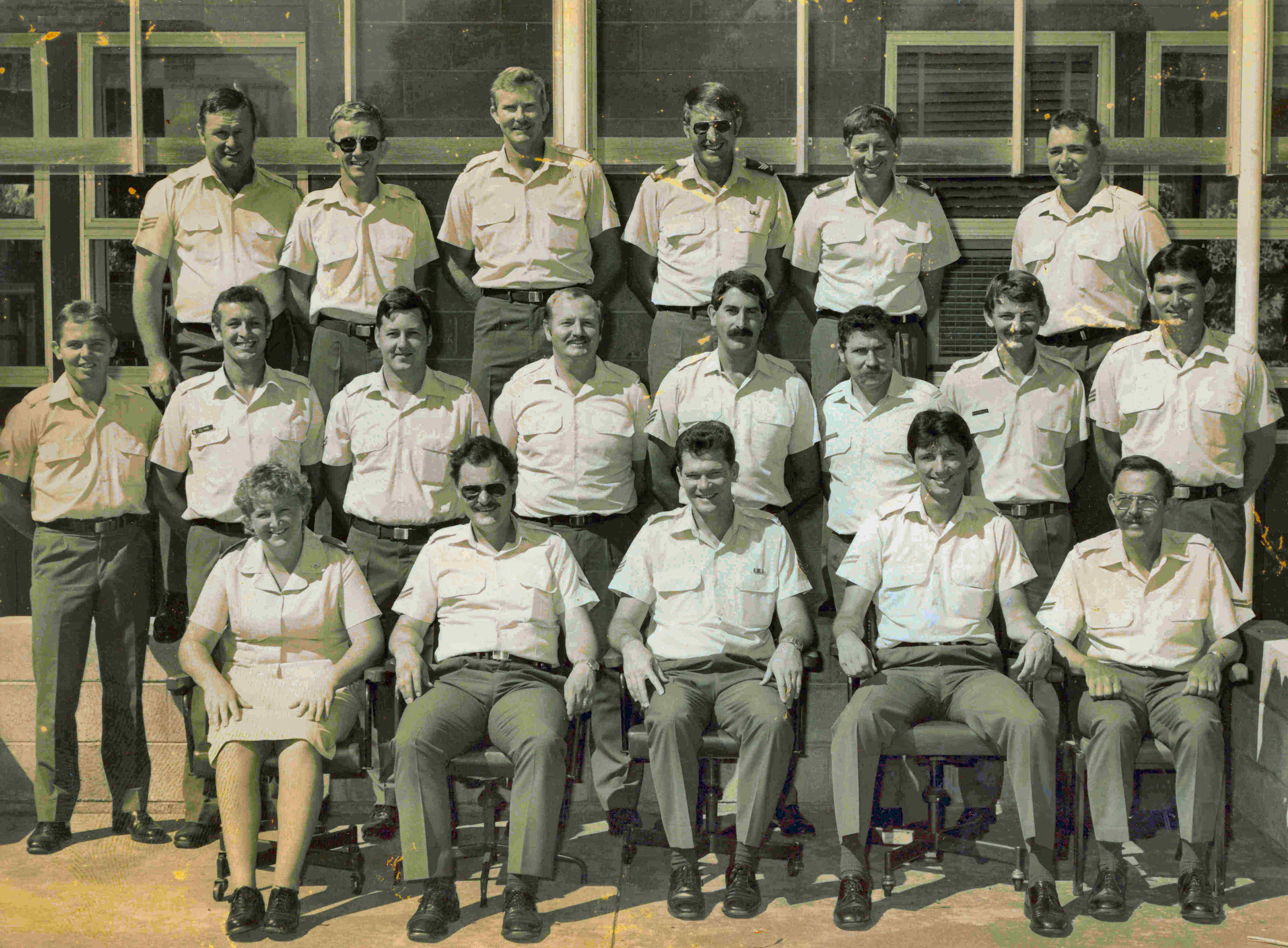|
Radschool Association Magazine - Vol 26 Page 14 |
|
Privacy Policy | Editorial Policy | Join the Association | List of Members | Contact us | Index | Print this page |
|
|
|
Bill of Rights. Frank Alley
Anyway:……
Most Australians would be shocked to learn that Australia is the only democracy in the world without human rights protection.
That's why I've just told the Government I want an Australian Human Rights Act to protect the values we all hold dear.
You don't have the right to express your opinions, the right to an adequate living standard, to be free from physical and psychological torture or discrimination. Most of us also don't realise that a lot of our everyday concerns like education, health and housing, are actually human rights issues.
The good news is that the Government has decided to ask us whether we think human rights are worth protecting. So this is our chance - the only chance we're likely to get in our lifetime - to stand up for the right of an elderly man in a nursing home to dignity and privacy, the right of a mother to keep her family housed and together, the rights of us all to speak out when we are subject to injustice.
Will you help me make history and be a part of GetUp's most important action to protect human rights in Australia? If so, go here…….
http://www.getup.org.au/campaign/YourRights
AND!!!
Did you know the Government is proposing an internet censorship scheme that goes further than any other democracy in the world?
I've just signed a petition to prevent the scheme that will make the internet up to 87% slower, more expensive, accidentally block up to one in 12 legitimate sites, will miss the vast majority of inappropriate content and is very easily sidestepped. The government of the day may add any ‘unwanted’ site to a secret blacklist under the scheme.
Our Government should be doing all in its power to take Australia into the 21st century economy, and to protect our children. This proposed internet censorship does neither. Can you join me and take action on the net today to save the net?
http://www.getup.org.au/campaign/SaveTheNet/442
Thanks! – Frank Alley.
|
|
WOMEN IN THE RAAF.
In 1941, During WW2, the
Government of the day realised that it was ‘excluding’ half of the
population from the
At the end of the war, women
had been employed in 73 trades as diverse as fabric workers,
photographers, engine fitters, clerks, cooks and meteorological
assistants. Over 700 young women were commissioned and employed in
administrative and professional tasks. Women even commanded at least two
RAAF radar units for short periods. Clare Stevenson (later Group Officer)
was appointed Director of the WAAAF in June 1941 and her inspiration and
dedication was the basis for the success of the organisation.
In 1947 the WAAAF was demobilised, however, the value of women to the Service could not be denied and the Women’s Royal Australian Air Force (WRAAF) was established in 1950. The first recruits commenced training at Laverton on 30 January 1951 and eventually the training moved to RTU at Edinburgh. The girls joined a Service in which there were differing conditions of service and pay for male and female members. They were entirely segregated from the men, had different accommodation, different training, they were looked after differently, in fact, they were very much protected. Back then, any hint of pregnancy or marriage among the WRAAF was an immediate ticket out of the Air Force.
The girls usually ate in the Mess at different times to the men and were literally marched with blinkers on so that we didn't see them. Women recruits never saw a weapon and the only physical activities they did were 'girlie-type' sports such as netball.
It was not until 1972 that female and male pay rates reached equilibrium and in 1975 many non-traditional areas were opened to female recruits, with female cadets being accepted as engineering cadets. The WRAAF was disbanded in 1977 and female personnel were absorbed into the mainstream RAAF and the title Women's Royal Australian Air Force was dropped. Suddenly, women were able to compete on an even keel with men for positions, postings and equal pay. In the old WRAAF days, women were only getting 75 per cent of the male wage.
The first RAAF women pilots were enlisted in 1987 with Robyn Williams and Deborah Hicks being the first to graduate in 1988 and today, with the exception of the airfield defence units, there are few jobs within the RAAF barred to women. The first female to attain an air rank was Julie Hammer CSC, a graduate in electronics engineering from the University of Queensland, who was appointed Air Commodore on 16 December 1999. In 2003 she was promoted to Air Vice Marshal, remaining the highest ranking female in the RAAF until her retirement in 2005.
Queen Elizabeth, the late Queen Mother, who was Air Chief Commandant of the Women's Royal Australian Air Force, inspects a parade of WRAAFs at Richmond during her visit to Australia in 1958.
The WRAAF had many milestones during its 26 years, including receipt of 10 Coronation Medals, Overseas service, and various awards received by members such as BEM's and OBE. Members served in the Korean and Vietnam Wars and worked in over 21 musterings such as fabric workers, medical, dental, clerical, telephonist, aircraft plotters and many more. Although it took until 1972 for the WRAAF to receive 100% of the basic male rate pay, at no time throughout their service careers was this great group of "girls" ever conceived as anything but equal to their male counterparts.
|
|
Believe it or not!! A Dell customer called the Dell service department to complain that his keyboard no longer worked. He had cleaned it by soaking it in soap and water for a day, then removed all the keys and washed them individually.
|
|
The Oldest Boeing still flying.
The
Boeing Model 40 was a United States mail-plane that became the first
aircraft built by the Boeing company to carry passengers. Although the
primary purpose of the aircraft
Right, Passenger compartment of the Boeing 40
With a 44 foot wingspan, a
length of 32 ft and 13 feet tall, the Boeing 40C was a massive biplane,
with a gross weight of 6,075 pounds (2,755 kg). It had a 420
horsepower
Pratt & Whitney 1340 Wasp engine with a TBO of 200 hours and the
aircraft was designed for heavy lifting, hauling 320 kg or so of
freight plus two passengers and a pilot. It
As a comparison, Cessna’s popular 402 (left) is 44ft wide, 36ft long, and 11˝ft high and has a gross weight of 6,850 pounds (3,100kg).
This particular Boeing 40 crashed into a mountain in Oregon in 1928, killing the pilot and the one passenger and there it sat for 70 years until it was recovered by the Oregon Aviation Historical Society. Now, eight years later and with the help of 61 volunteers who had put in 18,000 hours, the big Boeing flew again on 17th February 2007.
|
|
Do you know what would have happened if it had been Three Wise Women instead of Three Wise Men? They would have asked directions, arrived on time, helped deliver the baby, cleaned the stable, made a casserole and brought practical gifts.
|
|
Reunion.
For all RAAF/WRAAF of ex-Laverton, Frognall, Malaysia 69-77, there is a reunion being organised for you. It will be held in Adelaide this year (2009) on the Anzac w/e. If you would like some more information on the reunion, click HERE
Superman course.
Rick Allen saw the photo below in our last issue, of which we had only 3 names. Rick says one of the gents is John Burgess. He is 1st from the left in the back row. Rick says he recognises a lot of faces in the pic but old age is making it hard to remember names.
|
|
|
|
Now we have: Back Row, 1st left John Burgess, far right Ken Graham, Middle Row, 4th in from the right, Bill Gibson and in the Front Row, 2nd from the right Milo Kopreck.
Does anyone have any more - click the photo to get a bigger view. |
|
|
|
I saw that show, 50 Things To Do Before You Die. I would have thought the obvious one was "Shout For Help".
|
|
Back Go to page: 1 2 3 4 5 6 7 8 9 10 11 12 13 14 15 16 17 18 19 Forward |
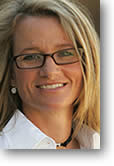
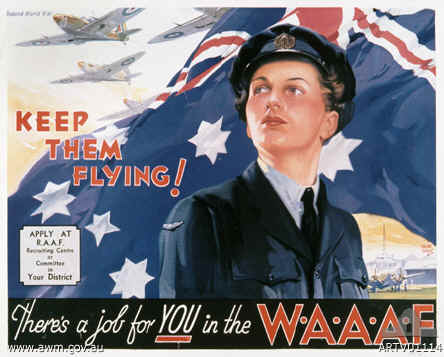 War
Effort, and after considerable lobbying by women keen to serve and by the
Chief of the Air Staff who wanted to release male personnel serving in
Australia for service overseas, the Government decided to raise the number
of females in the Women's Auxiliary Australian Air Force (WAAAF) from its
initial strength of 320 to 27,000. This did not include an additional 632
Nursing Sisters. Initially, the idea was to meet a deficiency in the
number of male wireless telegraphists, but it was soon evident that young
women were keen and capable of undertaking other technical tasks. The
WAAAF was the largest of Australia’s Second World War women's services.
War
Effort, and after considerable lobbying by women keen to serve and by the
Chief of the Air Staff who wanted to release male personnel serving in
Australia for service overseas, the Government decided to raise the number
of females in the Women's Auxiliary Australian Air Force (WAAAF) from its
initial strength of 320 to 27,000. This did not include an additional 632
Nursing Sisters. Initially, the idea was to meet a deficiency in the
number of male wireless telegraphists, but it was soon evident that young
women were keen and capable of undertaking other technical tasks. The
WAAAF was the largest of Australia’s Second World War women's services.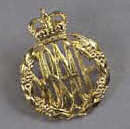

 Back
in the late 1920’s, this remarkable old aircraft, the
Back
in the late 1920’s, this remarkable old aircraft, the
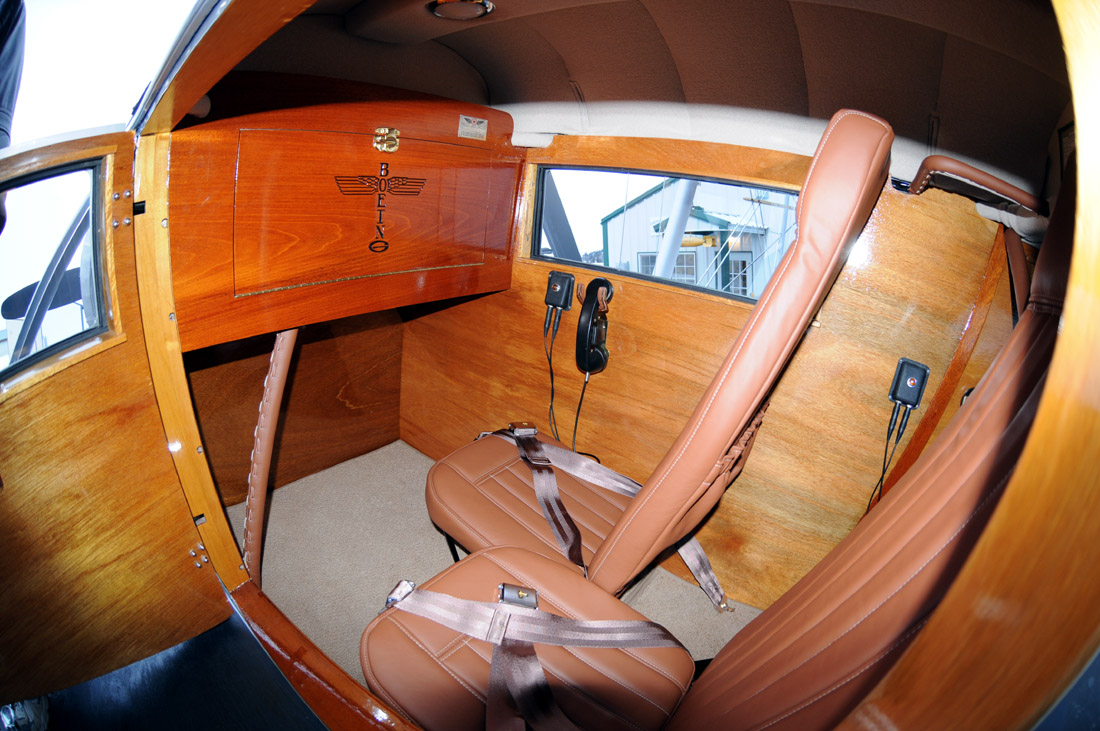 was to carry mail, two passengers could be accommodated in the small
cabin, allowing Boeing to operate it on any of the routes that the firm
might bid for. Boeing successfully bid on the San Francisco-Chicago route,
and Boeing Air Transport commenced operations on 1 July 1927 with
24 Model 40As. It's hard to imagine that less than thirty years later,
Boeing would fly its first
was to carry mail, two passengers could be accommodated in the small
cabin, allowing Boeing to operate it on any of the routes that the firm
might bid for. Boeing successfully bid on the San Francisco-Chicago route,
and Boeing Air Transport commenced operations on 1 July 1927 with
24 Model 40As. It's hard to imagine that less than thirty years later,
Boeing would fly its first
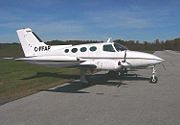 had
a maximum speed of 128 mph (206 km/h), would cruise at 105 mph (169 km/h),
had a range of 1,046 km and a service ceiling of 14,500 ft.
had
a maximum speed of 128 mph (206 km/h), would cruise at 105 mph (169 km/h),
had a range of 1,046 km and a service ceiling of 14,500 ft. 